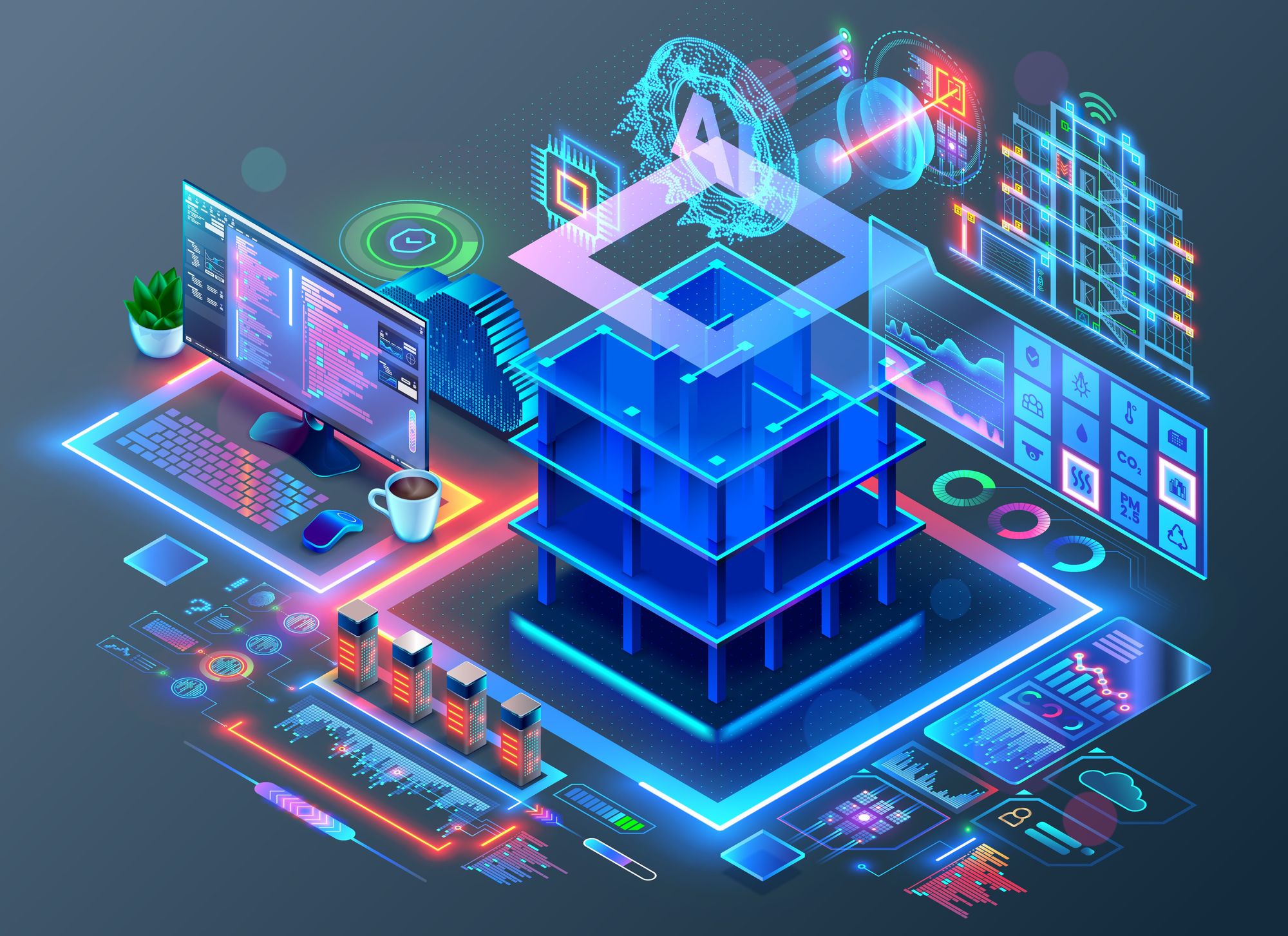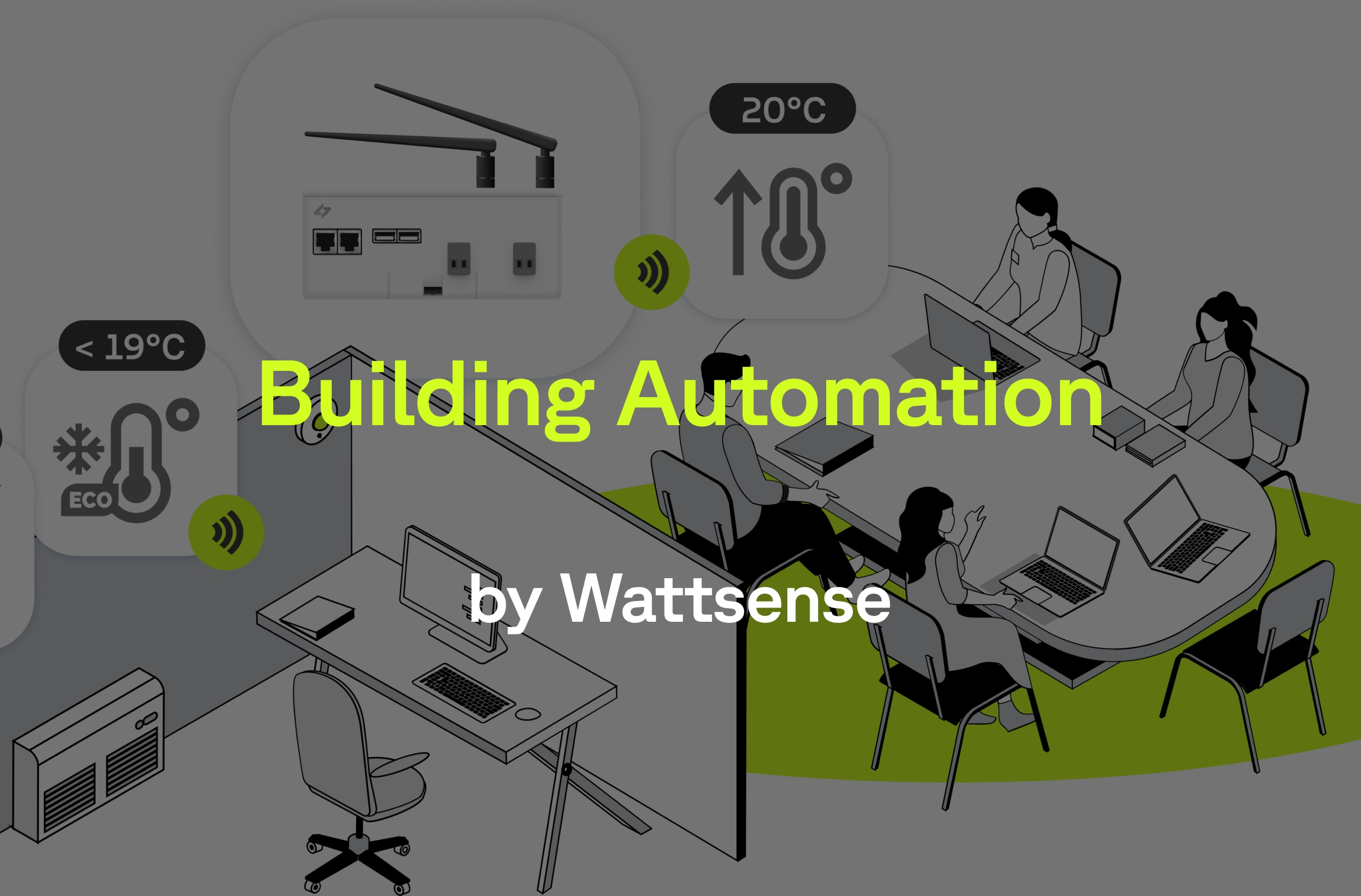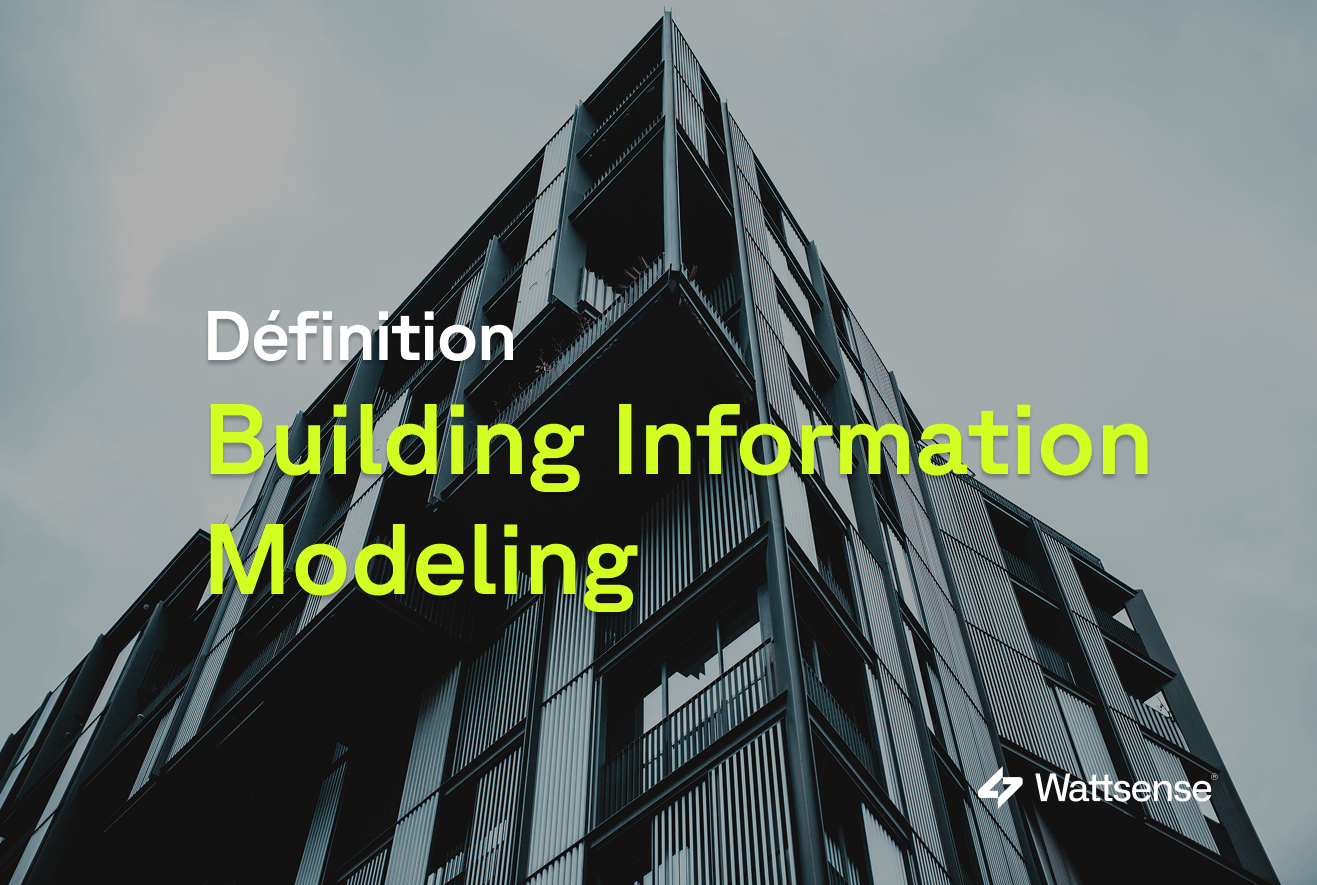What is a Building Operating System?


Because of the many connectivity and deployment challenges in the building sector, enabling the industrial digitalization of buildings through software platforms is key to achieving a smart building revolution. The Building Operating System (BOS) facilitates, accelerates, and organizes the development, deployment, and use of digital applications in buildings.
Like in the past, when Operating Systems (iOS, Android OS) transformed mobile phones into smartphones, the BOS can make regular buildings evolve into smart buildings. BOS is the foundation to make smart buildings a reality around the world.
But what is it exactly? A Building Operating System is the core software platform, also known as middleware, creating a bridge between the building equipment and external applications. The role of a BOS is to hide the field complexity while providing quick access to data from the equipment of the building.
The BOS rationalizes and mutualizes data from field equipment (boilers, gas meters, sensors, etc.). The data is structured and translated into the format required by the smart building application.
What is the difference between a BMS and a BOS?
Building Management Systems (BMS) are designed to control and monitor specifically a building's mechanical and electrical equipment. They provide a technical interface for building managers. When property owners, facility managers, or proptechs look to install energy performance or predictive maintenance tools, they encounter messy IT architecture known as Spaghetti Ware.
Spaghetti architecture represents the multiple layers of incompatible components and impenetrable architectures added to buildings.
The issue with such fragmented and complex hardware architecture is that it is really hard to configure, test, and maintain. Every intermediate hardware in the network will add significant manual work to the integrator, reduce the available data and functions in the BMS, and induce costly maintenance work.
But let's not blame it all on hardware; compared to other software industries, the software for building management has not really evolved or diversified. Network configurations can take days or weeks, while semantic data models are handcrafted one building at a time, making it very hard for asset managers to achieve digital scalability.
The key difference between BMS and BOS is that Building Management Systems were not designed to quickly deploy new applications, much less data exchange. On the other hand, the BOS does. It serves as an open platform that introduces an endless number of apps to the building management sector to improve living conditions for tenants and better working conditions for operators and owners.
The BOS is the progression of traditional building management and automation systems into an information system. It enables digital service providers to connect to the facility and easily interact with the equipment data points by imposing an abstraction layer, known as an API, over the field complexity and spaghetti ware.
The BOS is not in competition with the BMS; it operates over any field silo system, whether a BMS, IoT sensors, PLC, VPN, actuators, or proprietary equipment networks.
Wattsense is a simple and open IoT solution that allows you to control and monitor small and medium-sized buildings and keep control of BMS or BOS. Discover the Box a remotely managed IoT device that collects data and controls equipment through the Cloud. Get a free demo.
Components of the BOS
Here are the technical features and capabilities that constitute a BOS platform.
API
An Application Programming Interface provides a two-way communication channel with devices managed by the platform.
User Console
A real-time graph database management system allows users to visualize IoT/BMS data points.
Distributed orchestration system
It manages acquisition processes on each floor, analysis processes in separate server rooms, and user interfaces on any support.
A secure rights management system
Access controls for the different profiles involved in the BOS, such as administrators, users, integrators, and facility managers.
Local computing
In order to manage critical real-time aspects on a secure server for data privacy, data flow constraints, and system resilience, a BOS needs to be able to deploy locally.
Edge computing is a method of locally processing data closer to the source to reduce response time and save bandwidth.
The value of a Building Operating System for:

Property Owners
With the digitalization of buildings, property owners not only increase the value of their property portfolio; they also help sustain it by improving the building maintenance operations through the integration of smart building apps. The BOS allows property owners to keep control of their BMS affordably.
Property developers and owners need to not only satisfy current tenants but appeal to prospects. The real estate market is highly competitive, so a big plus is a building that can match existing offers while providing innovative services. Buildings without a BOS represent a financial loss for property owners.
More benefits of the Building Operating Systems for property owners.

Tenants
An essential role of smart buildings is to guarantee the comfort, health, and safety of residents. Tenants of commercial real estate (CRE) also reduce operational costs by having more efficient buildings. Smart buildings are the perfect choice for corporate tenants looking to gain smart insights into their businesses and optimize business operations.

Facility Managers
Traditional building management systems are not equipped to offer the data and real-time response required from facility managers to make informed decisions concerning comfort, efficiency, and staff productivity.
However, FM companies can offer more competitive contracts with a BOS by delivering real-time monitoring services with state-of-the-art IoT solutions. Facility managers can improve their maintenance actions, reduce operational costs, simplify their data-sharing process, and provide new services.
More Benefits of Building Operating Systems for Facility Managers

Proptechs
PropTech startups are using BOS to quickly deploy solutions and software services that satisfy the new consumption patterns of property owners in the digital landscape. The arrival of PropTech in the real estate sector is a catalyst for the digital transformation of buildings.
The Smart Building industry has a billion-dollar energy savings potential for PropTech companies through the use of advanced IoT sensors, new metering technology, lighting equipment, thermostats, HVAC systems, security features, and many more.
More Benefits of Building Operating Systems for Proptechs
Final thoughts
The primary role of the BOS is to abstract the field complexity of complicated assets to make possible the technical scalability of smart building applications. BOS gives property owners, facility managers, and Proptechs the opportunity to offer digital services with added value.
Equipment data is currently underexploited due to the technical complications and expense of connecting apps to buildings. Access to data can create enormous value for buildings and improve how we manage them, optimize energy consumption, reduce maintenance costs, and avoid malfunctions.
Innovative players that embrace building connectivity can be the big winners of the property management sector.
Wattsense is a Building Operating System that connects technical assets to your building management apps and assures property owners stay in control of their facilities. Get a free demo to discover the Wattsense solution.
Want to learn more about the Wattsense connectivity solution?
Discover our solutionContinue reading



